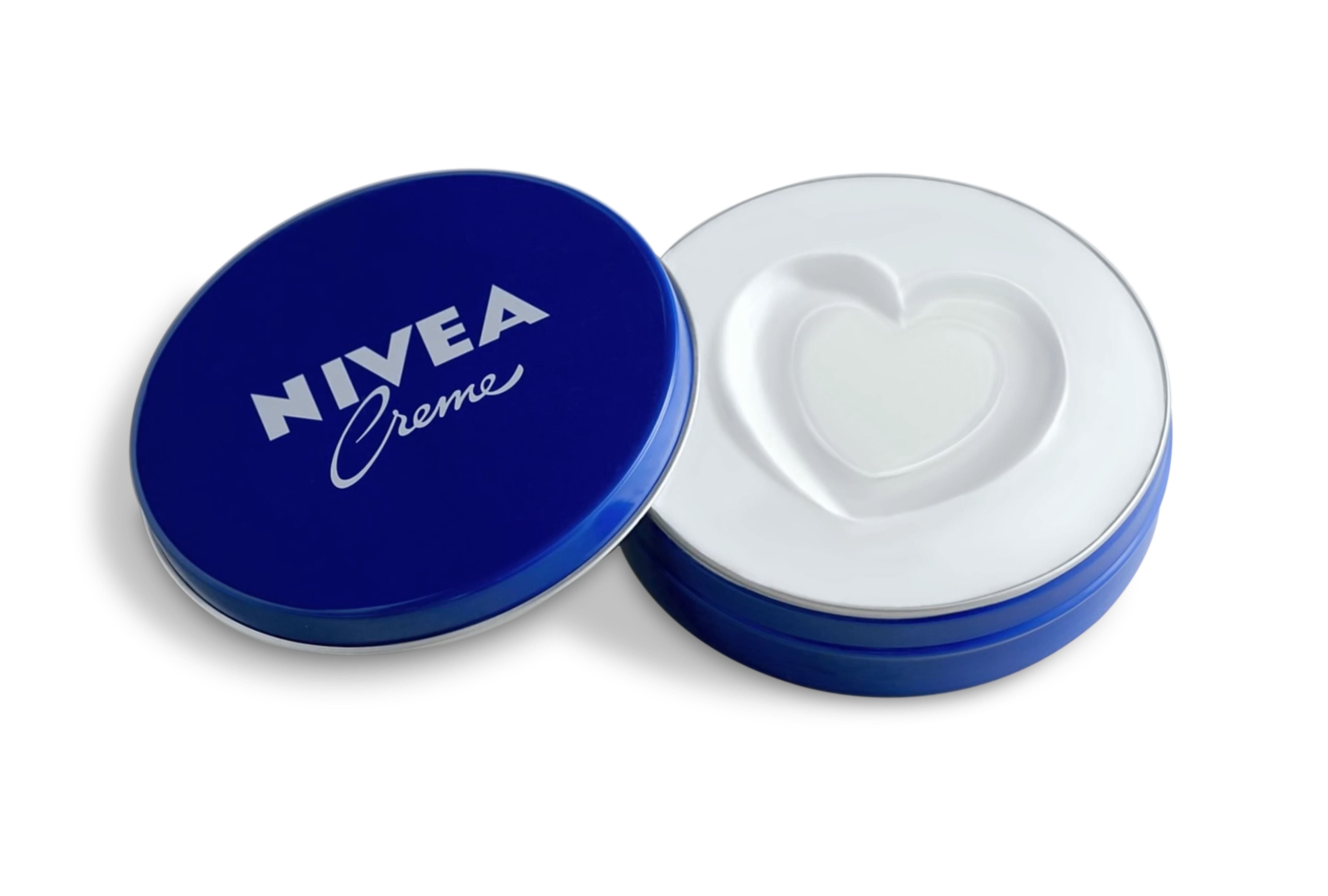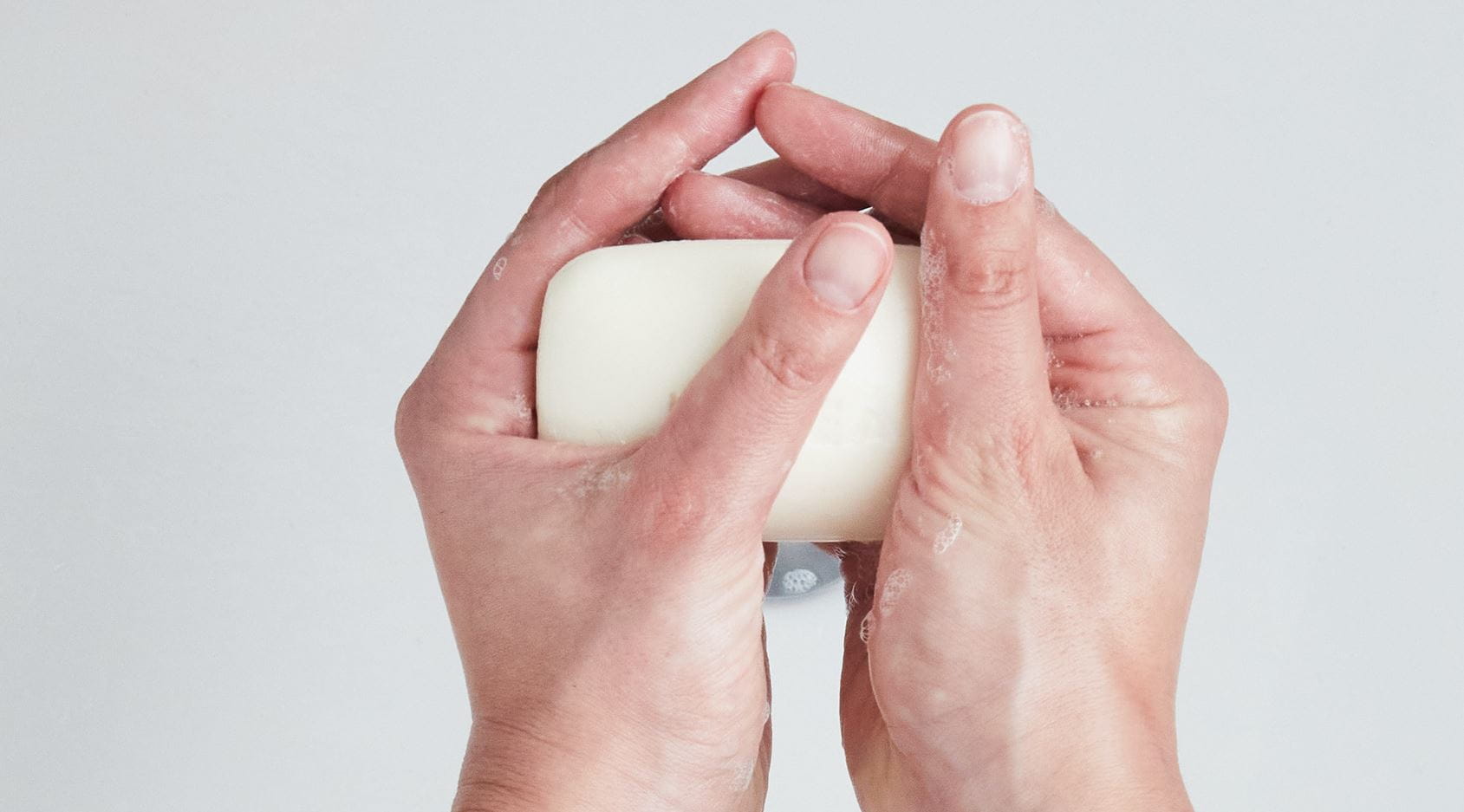
Learn about the power of touch
Discover the power of touch and the effect it has on our lives, from childhood through to adulthood. Understand how the sense of touch works and much more.
The power of touch — understanding the science
Touching is more than just skin deep — it interacts with touch receptors to send messages through the body using neurons.
The power of touch in everyday life
The sense of touch can be soothing and comforting in adults as well as children.

















